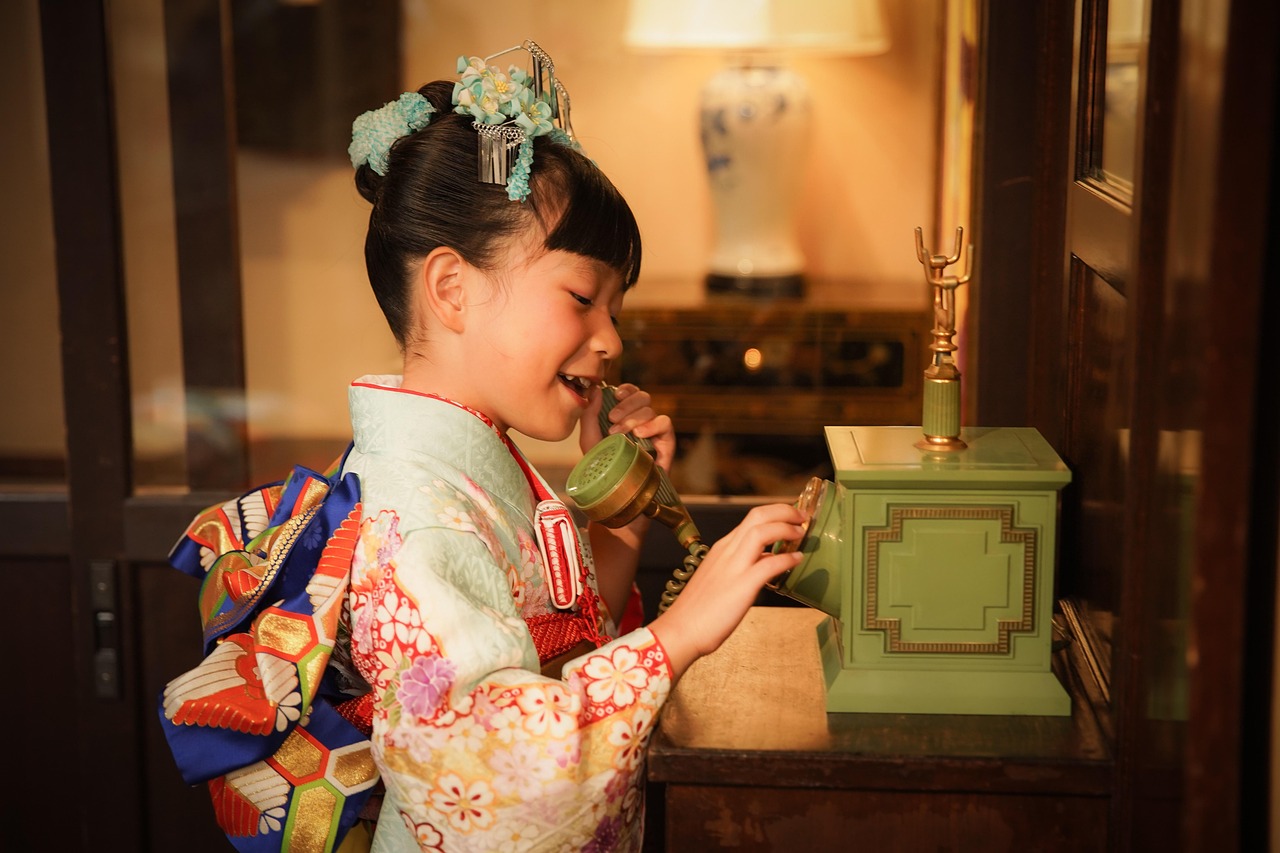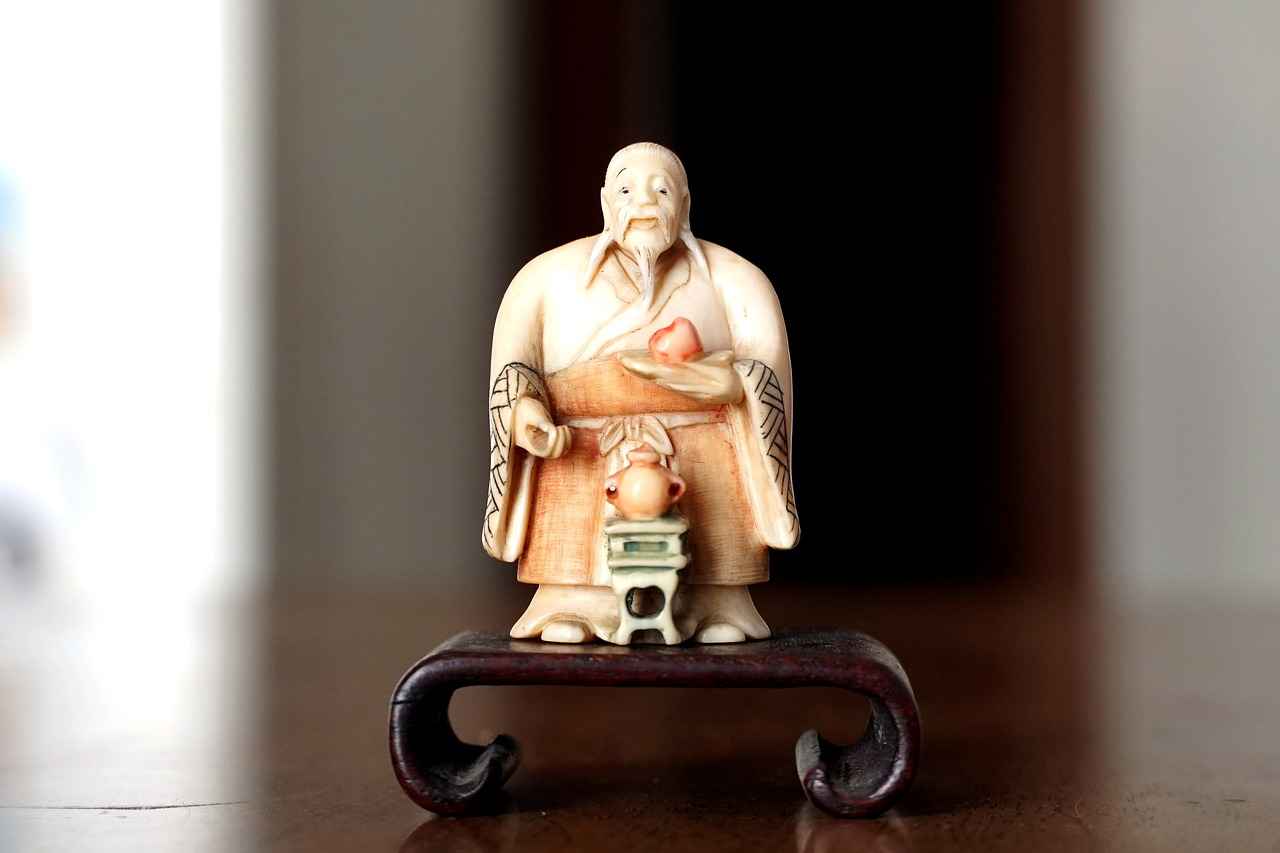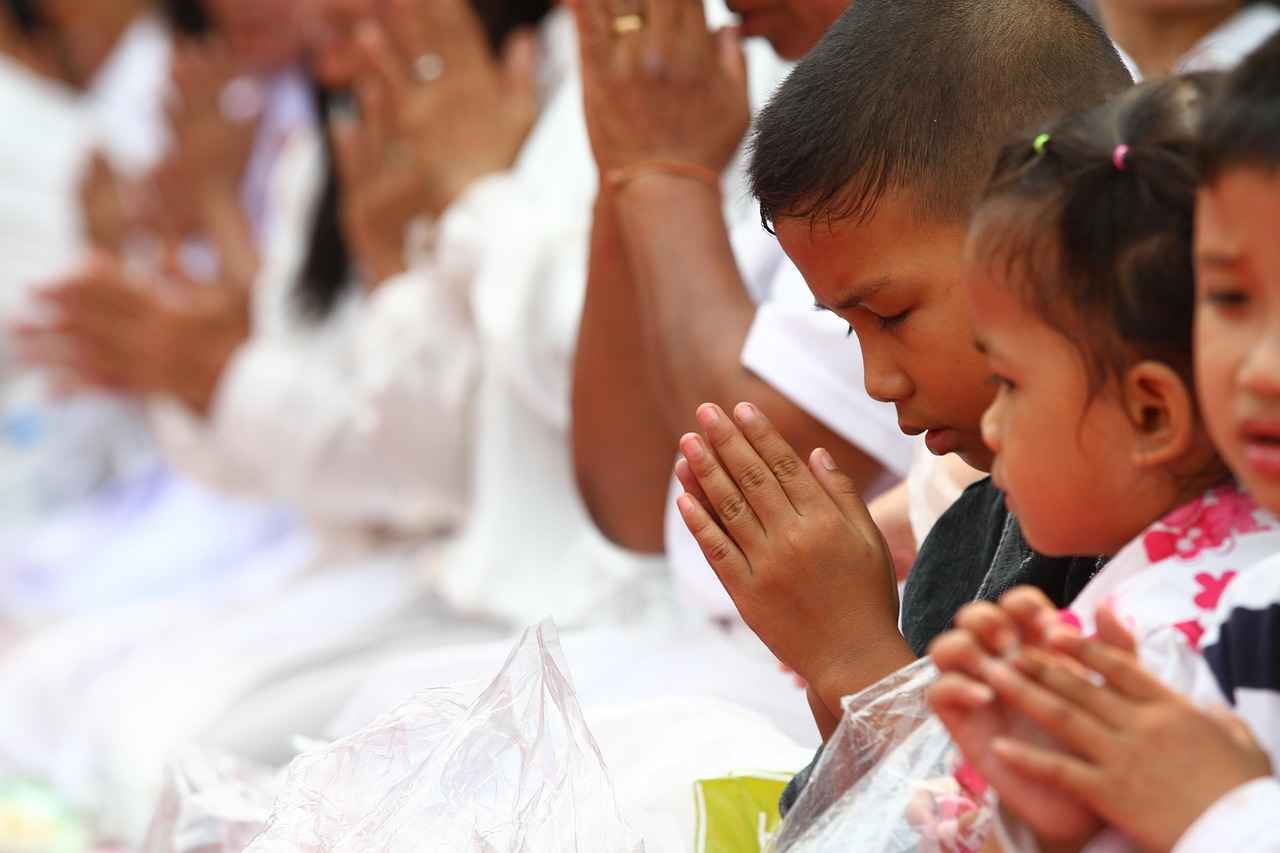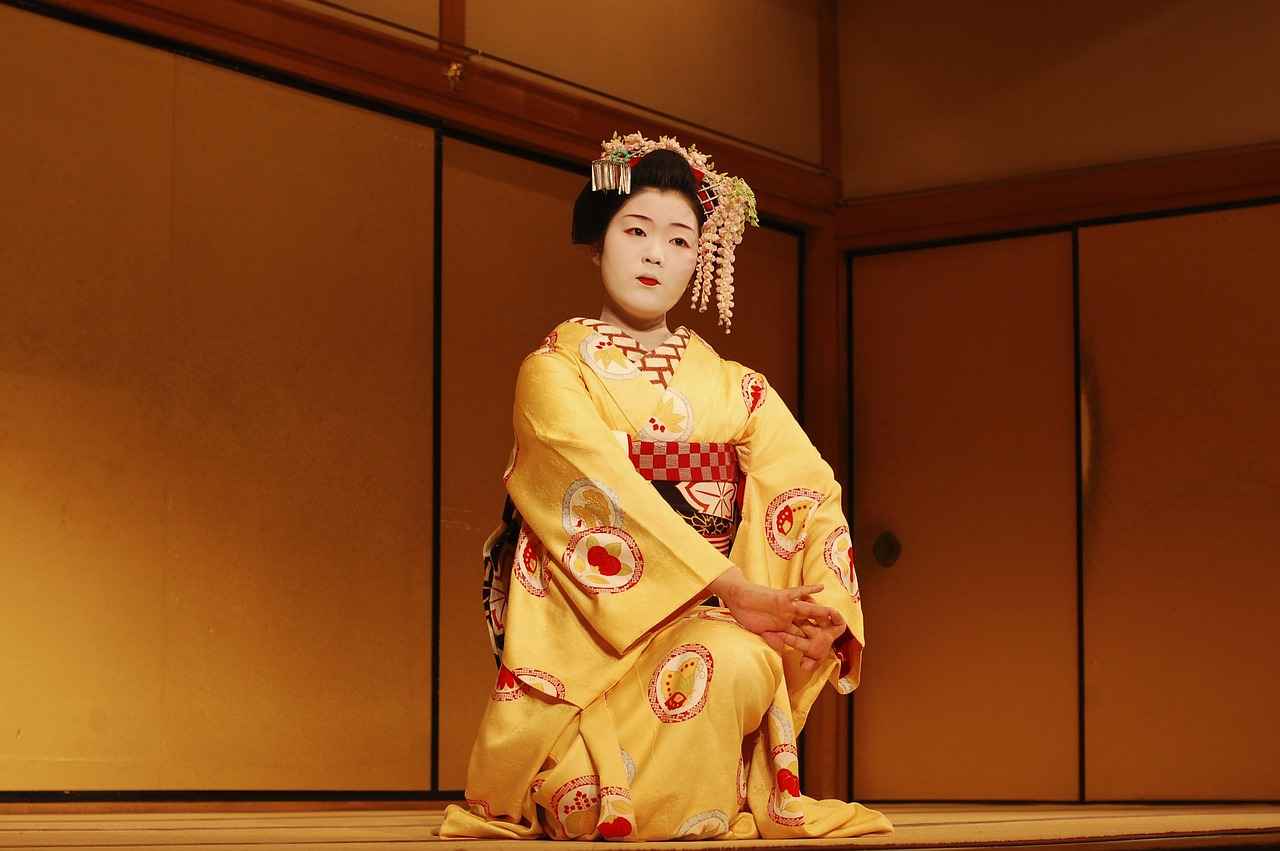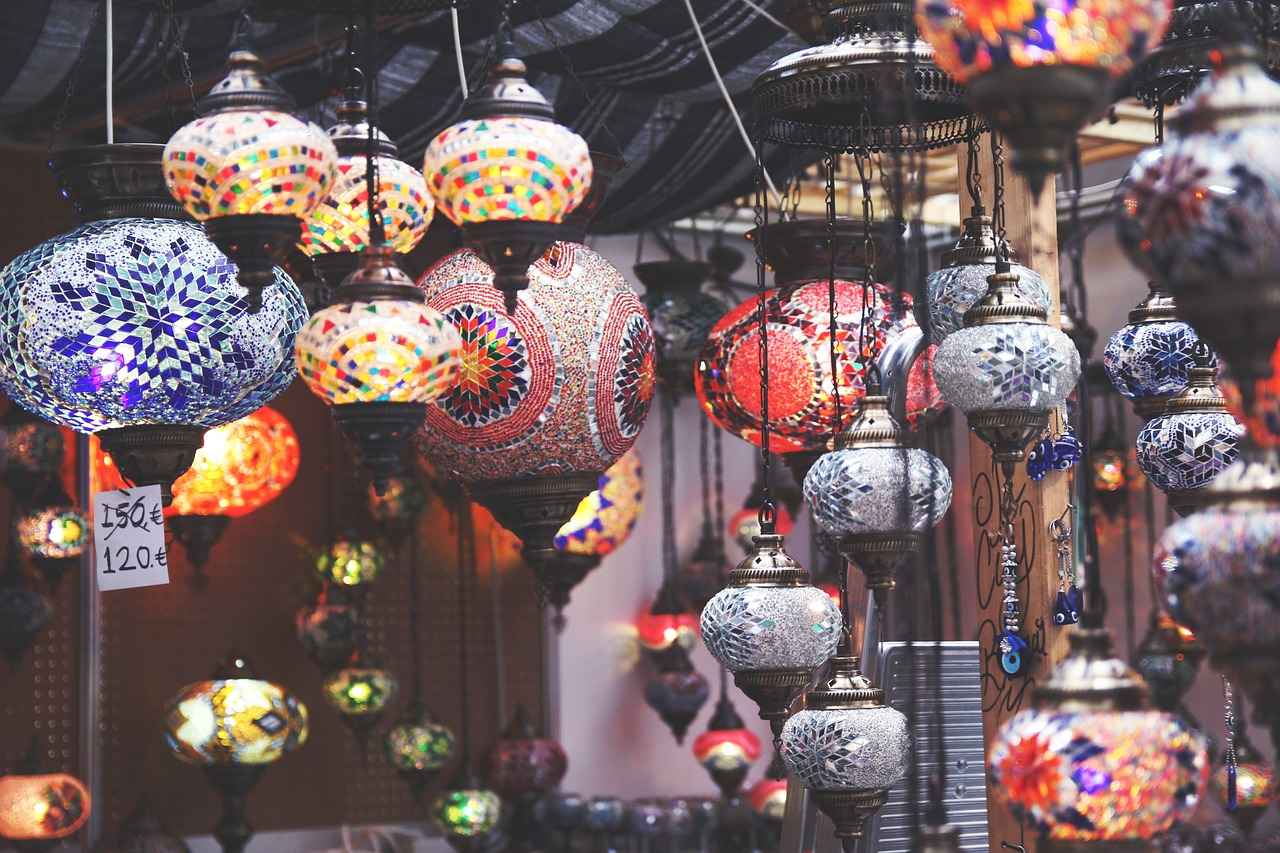This article explores the enchanting experience of participating in a traditional kimono tea ceremony in Kyoto at Maikoya, detailing the rituals, attire, and cultural significance behind this timeless practice.
Understanding the Kimono
The kimono is more than just clothing; it embodies Japanese culture and history. Traditionally, kimonos are made from silk and come in various styles, each with its own significance. For instance, furisode is often worn by young women, while yukata is a casual summer kimono. The choice of kimono can reflect personal identity, season, and occasion, making it a vital part of Japanese heritage.
The History of Tea Ceremonies in Japan
Tea ceremonies in Japan, known as Chanoyu, have deep historical roots and are often intertwined with Zen Buddhist principles. These ceremonies emphasize mindfulness and the appreciation of simple beauty, evolving over centuries into a refined art form.
The Origins of Chanoyu
Chanoyu, or the Way of Tea, originated in the 15th century and was influenced by Zen philosophy. This practice emphasizes harmony, respect, purity, and tranquility, creating a serene atmosphere for participants.
Influence of Zen Buddhism
Zen Buddhism significantly shapes the aesthetics and rituals of the tea ceremony. Elements such as simplicity, naturalness, and the importance of the moment are deeply embedded in the practice, enhancing the spiritual experience for participants.
Historical Figures in Tea Ceremony
Key figures like Sen no Rikyū have left a lasting impact on the tea ceremony, refining its practices and philosophies. His teachings continue to influence modern ceremonies, emphasizing the importance of humility and respect.
Modern Adaptations of Tea Ceremonies
While rooted in tradition, tea ceremonies have adapted to contemporary life. Modern practices may incorporate new elements, allowing for greater accessibility and engagement without losing the essence of the ritual.
What to Expect at Maikoya
Maikoya offers a unique and immersive experience into the tea ceremony, blending traditional elements with a welcoming atmosphere. Participants can expect a warm greeting and a serene environment that enhances their understanding of this cultural practice.
Attire and Preparation
Wearing a kimono is a crucial part of the experience at Maikoya. Guests are guided through the process of dressing, which is steeped in tradition and significance. The act of putting on a kimono itself is a ritual that connects participants to Japanese culture.
Step-by-Step Tea Ceremony Process
Understanding the tea ceremony process enhances the overall experience. The ceremony typically includes several steps: preparation of the tea utensils, the careful whisking of matcha, and the serving of tea, all performed with grace and precision.
Interactive Elements of the Ceremony
Maikoya’s tea ceremony features interactive elements that engage participants actively. Guests are encouraged to participate in various aspects of the ceremony, enriching their understanding and appreciation of the practice.
Learning the Art of Tea Making
During the ceremony, guests have the opportunity to learn the intricate art of tea making. This includes understanding the tools, techniques, and the philosophy behind preparing matcha tea, making it a hands-on cultural experience.
Engaging with the Host
The host plays a vital role in the tea ceremony, guiding participants through the rituals and sharing insights about the significance of each step. This interaction enhances the overall experience, fostering a deeper connection to the tradition.
Conclusion: Embracing Japanese Culture
Participating in a kimono tea ceremony at Maikoya is a unique way to embrace Japanese culture. This experience not only fosters cultural appreciation but also allows participants to engage with a rich tradition that has been cherished for centuries.
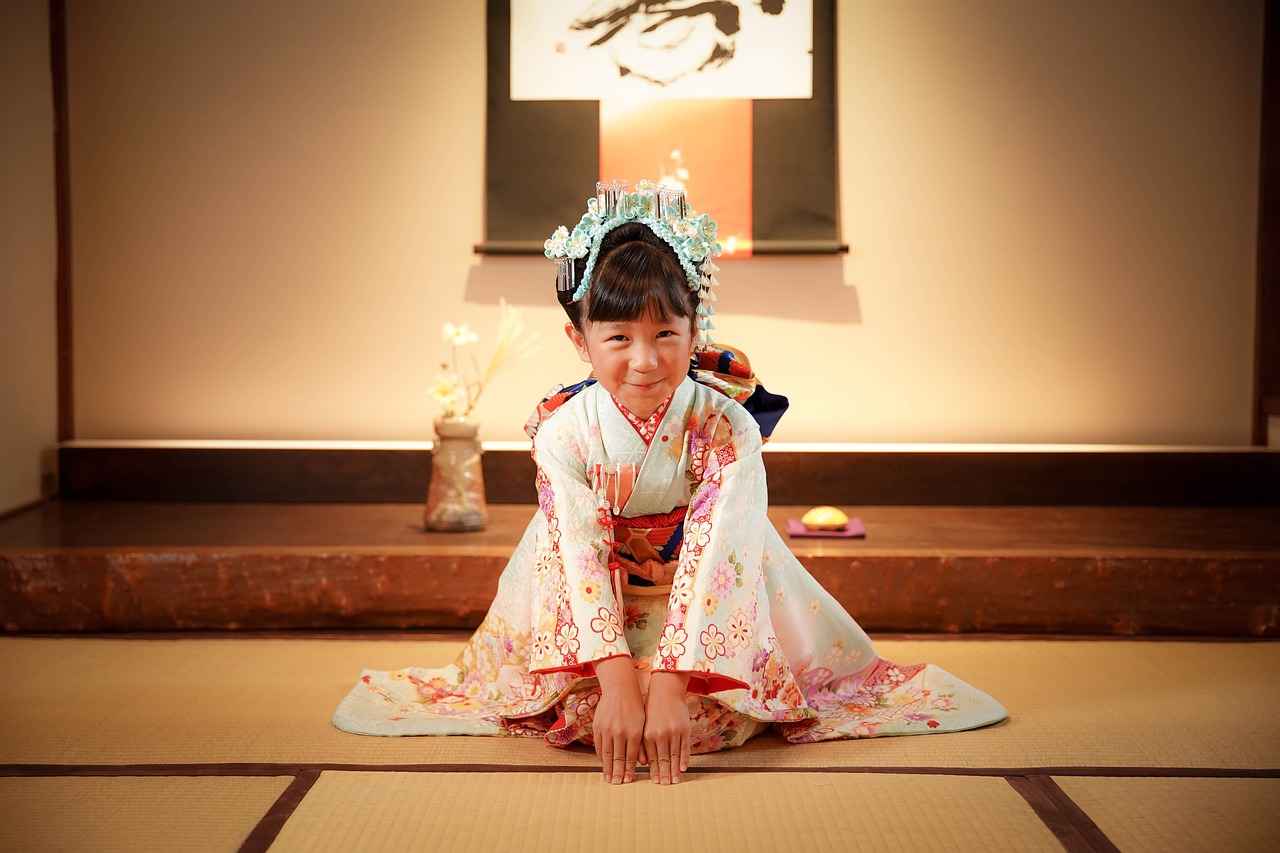
Understanding the Kimono
The kimono is a traditional Japanese garment that transcends mere clothing; it serves as a profound symbol of Japanese culture and history. This elegant attire is characterized by its long sleeves and wrap-around design, often made from exquisite fabrics and adorned with intricate patterns. In this section, we will explore the various types of kimonos, their cultural significance, and their role in Japanese society.
There are several types of kimonos, each with its own unique purpose and meaning:
- Furisode: This type of kimono is characterized by its long sleeves and is typically worn by young, unmarried women during special occasions such as weddings and coming-of-age ceremonies.
- Tomesode: A formal kimono worn by married women, the tomesode features shorter sleeves and is often adorned with elegant designs. It is commonly worn at weddings and other formal events.
- Yukata: A casual summer kimono made of cotton, the yukata is often worn during festivals and other informal gatherings. It is lightweight and comfortable, making it perfect for warm weather.
- Hifu: This is a sleeveless kimono, often worn over other garments. It is typically associated with the colder months and is used for layering.
The significance of the kimono extends beyond its aesthetic appeal. Each kimono tells a story, reflecting the wearer’s social status, age, and even the season. The colors and patterns chosen can symbolize various aspects of life, such as prosperity, happiness, or mourning.
Moreover, the kimono is intricately linked to Japanese traditions and ceremonies, such as the tea ceremony and weddings. Wearing a kimono during these events enhances the cultural experience, allowing participants to connect deeply with Japan’s rich heritage.
In conclusion, the kimono is not just a piece of clothing; it is a vibrant expression of Japanese identity and cultural history. Understanding the different types of kimonos and their significance provides valuable insights into the Japanese way of life.
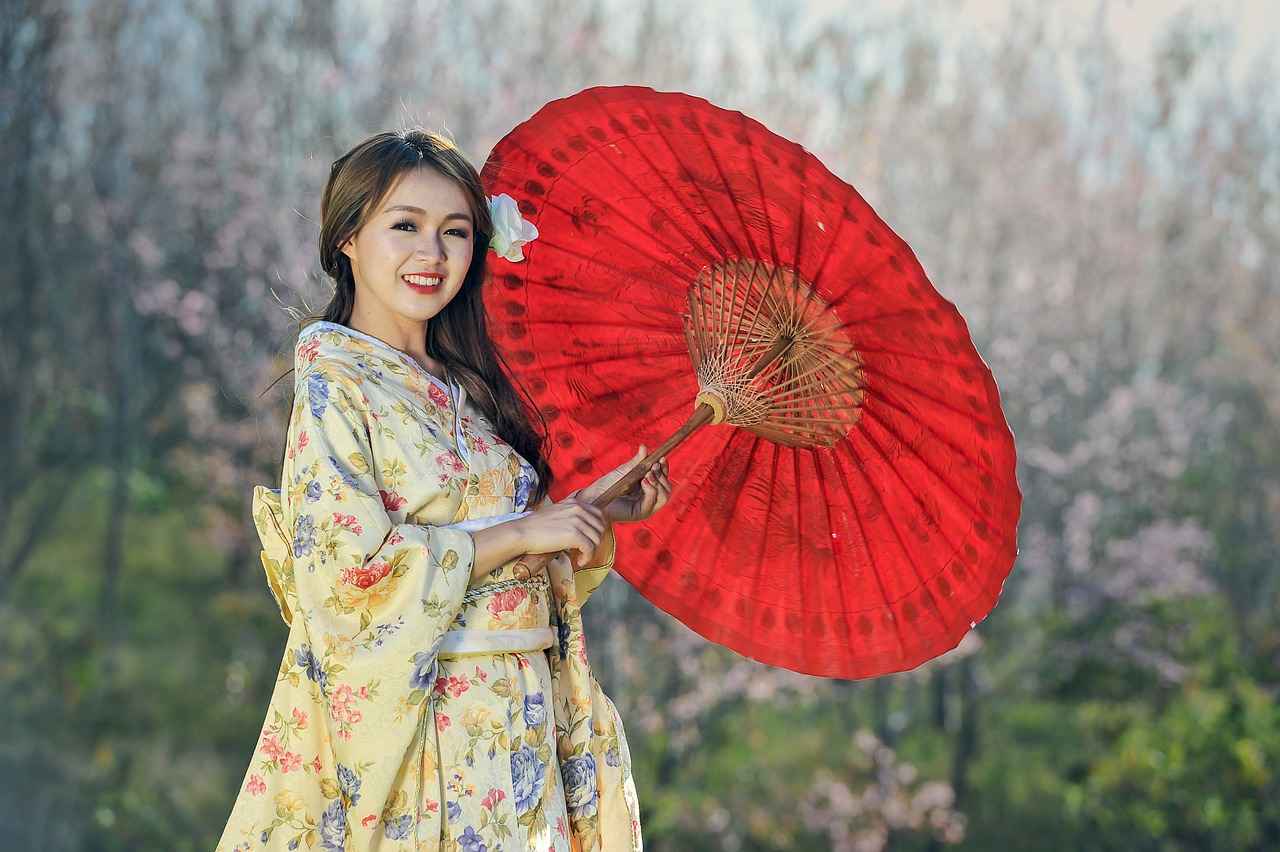
The History of Tea Ceremonies in Japan
Tea ceremonies in Japan, known as Chanoyu, are a profound reflection of Japanese culture and spirituality. These ceremonies are not merely about drinking tea; they are a meticulously choreographed art form steeped in history and tradition. The roots of tea ceremonies can be traced back to the 9th century when Japanese monks first brought tea seeds from China. Over the centuries, the practice evolved, intertwining with the principles of Zen Buddhism, which emphasizes mindfulness and simplicity.
During the 15th and 16th centuries, the tea ceremony began to take its modern shape under the influence of key figures such as Sen no Rikyū. Rikyū’s philosophy emphasized the importance of harmony, respect, purity, and tranquility—principles that remain central to the practice today. The aesthetics of the tea room, the utensils used, and even the choice of tea reflect these values, creating an atmosphere conducive to meditation and reflection.
As the centuries progressed, the tea ceremony became a symbol of Japanese hospitality and cultural identity. It is often held in a specially designed tea room, where every detail, from the tatami mat to the hanging scroll, is carefully curated to enhance the experience. The ceremony itself is a performance, where the host prepares matcha (powdered green tea) with precision and grace, inviting guests to partake in a moment of peace and connection.
In contemporary Japan, while the traditional tea ceremony continues to be practiced, it has also adapted to modern sensibilities. Many people now participate in more casual tea gatherings that still honor the core principles of the ceremony, allowing a wider audience to appreciate this beautiful tradition. Ultimately, the history of tea ceremonies in Japan is a testament to the enduring nature of cultural practices and their ability to evolve while retaining their essence.
The Origins of Chanoyu
is a captivating journey into the heart of Japanese culture, specifically the traditional tea ceremony that has transcended generations. Chanoyu, often referred to as the Way of Tea, is not merely about drinking tea; it encapsulates a rich tapestry of history, philosophy, and artistry.
Historically, the practice of tea drinking was introduced to Japan from China in the 9th century. However, it wasn’t until the 15th century that the tea ceremony began to evolve into the structured and ritualistic form we recognize today. Chanoyu was shaped significantly by the cultural and spiritual influences of the Zen Buddhist tradition. This influence is evident in the ceremony’s emphasis on simplicity, mindfulness, and the appreciation of nature.
One of the pivotal figures in the development of Chanoyu was Sen no Rikyū, a tea master in the 16th century. He is credited with establishing the principles of harmony, respect, purity, and tranquility, which are fundamental to the tea ceremony. Rikyū’s teachings emphasized the importance of the moment, encouraging participants to immerse themselves fully in the experience. His influence has left a lasting legacy, shaping how tea ceremonies are conducted even today.
Chanoyu also reflects the aesthetic values of the time, incorporating elements of Wabi-Sabi, which celebrates imperfection and transience. The utensils used in the ceremony, often handcrafted and unique, embody this philosophy, inviting participants to appreciate the beauty in simplicity and the passage of time.
In conclusion, the origins of Chanoyu are deeply intertwined with Japan’s cultural and spiritual heritage. Understanding this background enriches the experience of participating in a tea ceremony, allowing individuals to connect with centuries of tradition and the profound philosophies that continue to resonate in modern times.
Way of Tea,
Kimono Tea Ceremony Kyoto Maikoya: What to Expect
This article explores the enchanting experience of participating in a traditional kimono tea ceremony in Kyoto at Maikoya, detailing the rituals, attire, and cultural significance behind this timeless practice.
Understanding the Kimono
The kimono is more than just clothing; it embodies Japanese culture and history. This section delves into the various types of kimonos and their significance in Japanese society.
The History of Tea Ceremonies in Japan
Tea ceremonies have deep historical roots in Japan, often reflecting Zen Buddhist principles. Here, we explore the evolution of this art form and its cultural significance.
The Origins of Chanoyu
Chanoyu, or the Way of Tea, is the traditional Japanese tea ceremony. This subsection examines its origins and the philosophical ideas that underpin the practice.
Influence of Zen Buddhism
Zen Buddhism has significantly influenced the tea ceremony’s aesthetics and practices. This section discusses how these principles manifest in the ceremony.
Historical Figures in Tea Ceremony
Key historical figures have shaped the tea ceremony, including Sen no Rikyū. This part highlights their contributions and lasting impact on the tradition.
Modern Adaptations of Tea Ceremonies
While rooted in tradition, tea ceremonies have adapted to modern times. This subsection explores how contemporary practices differ from historical ones.
What to Expect at Maikoya
Maikoya offers an immersive experience into the tea ceremony, combining traditional elements with a welcoming atmosphere. This section outlines what participants can expect during their visit.
Attire and Preparation
Wearing a kimono is an integral part of the experience at Maikoya. This subsection details the process of dressing in a kimono and its significance.
Step-by-Step Tea Ceremony Process
Understanding the tea ceremony process enhances the experience. This part breaks down the steps involved, from preparation to tasting.
Interactive Elements of the Ceremony
Maikoya’s tea ceremony includes interactive elements that engage participants. This section discusses how guests can actively participate in the rituals.
Learning the Art of Tea Making
Guests have the opportunity to learn the intricate art of tea making. This subsection highlights the skills and techniques involved in preparing matcha tea.
Engaging with the Host
The host plays a crucial role in the tea ceremony. This section explains how guests can interact with the host to enhance their understanding of the ceremony.
Conclusion: Embracing Japanese Culture
Participating in a kimono tea ceremony at Maikoya is a unique way to embrace Japanese culture. This conclusion reflects on the significance of such experiences in fostering cultural appreciation.
is the traditional Japanese tea ceremony. This subsection examines its origins and the philosophical ideas that underpin the practice.
Kimono Tea Ceremony Kyoto Maikoya: What to Expect
This article explores the enchanting experience of participating in a traditional kimono tea ceremony in Kyoto at Maikoya, detailing the rituals, attire, and cultural significance behind this timeless practice.
Understanding the Kimono
The kimono is more than just clothing; it embodies Japanese culture and history. This section delves into the various types of kimonos and their significance in Japanese society.
The History of Tea Ceremonies in Japan
Tea ceremonies have deep historical roots in Japan, often reflecting Zen Buddhist principles. Here, we explore the evolution of this art form and its cultural significance.
The Origins of Chanoyu
Chanoyu, or the Way of Tea, is the traditional Japanese tea ceremony. This subsection examines its origins and the philosophical ideas that underpin the practice.
Influence of Zen Buddhism
Zen Buddhism has significantly influenced the tea ceremony’s aesthetics and practices. This section discusses how these principles manifest in the ceremony.
Historical Figures in Tea Ceremony
Key historical figures have shaped the tea ceremony, including Sen no Rikyū. This part highlights their contributions and lasting impact on the tradition.
Modern Adaptations of Tea Ceremonies
While rooted in tradition, tea ceremonies have adapted to modern times. This subsection explores how contemporary practices differ from historical ones.
What to Expect at Maikoya
Maikoya offers an immersive experience into the tea ceremony, combining traditional elements with a welcoming atmosphere. This section outlines what participants can expect during their visit.
Attire and Preparation
Wearing a kimono is an integral part of the experience at Maikoya. This subsection details the process of dressing in a kimono and its significance.
Step-by-Step Tea Ceremony Process
Understanding the tea ceremony process enhances the experience. This part breaks down the steps involved, from preparation to tasting.
Interactive Elements of the Ceremony
Maikoya’s tea ceremony includes interactive elements that engage participants. This section discusses how guests can actively participate in the rituals.
Learning the Art of Tea Making
Guests have the opportunity to learn the intricate art of tea making. This subsection highlights the skills and techniques involved in preparing matcha tea.
Engaging with the Host
The host plays a crucial role in the tea ceremony. This section explains how guests can interact with the host to enhance their understanding of the ceremony.
Conclusion: Embracing Japanese Culture
Participating in a kimono tea ceremony at Maikoya is a unique way to embrace Japanese culture. This conclusion reflects on the significance of such experiences in fostering cultural appreciation.
Influence of Zen Buddhism
Zen Buddhism has profoundly shaped the aesthetic and philosophical foundation of the traditional Japanese tea ceremony, known as Chanoyu. This influence is evident in various aspects of the ceremony, from its rituals to the serene atmosphere it cultivates. The principles of Zen, emphasizing simplicity, mindfulness, and harmony with nature, resonate deeply within the tea ceremony’s practices.
At its core, the tea ceremony is a manifestation of mindfulness. Participants are encouraged to be fully present, appreciating each moment as it unfolds. The meticulous preparation of tea, the careful arrangement of utensils, and the tranquil ambiance all serve to foster a sense of awareness and appreciation for the present. This practice aligns with Zen teachings, which advocate for a deep connection to the moment and an understanding of the impermanence of life.
Another significant aspect of Zen influence is the concept of sabi and wabi, which celebrate the beauty found in imperfection and simplicity. The tea utensils used in the ceremony often reflect these ideals, being chosen for their rustic charm rather than their perfection. This aesthetic invites participants to find beauty in the ordinary and to appreciate the natural world surrounding them.
Furthermore, the layout of the tea room, known as the chashitsu, exemplifies Zen principles. The design is intentionally minimalistic, promoting a sense of calm and focus. The use of natural materials and the incorporation of elements like tatami mats and sliding doors enhance the connection to nature, creating a space conducive to meditation and reflection.
In conclusion, the influence of Zen Buddhism on the tea ceremony is profound and multifaceted. It not only shapes the aesthetic choices but also enriches the spiritual experience of participants, making each ceremony a unique opportunity for introspection and connection to Japanese culture.
Historical Figures in Tea Ceremony
The art of the Japanese tea ceremony, known as Chanoyu, has been profoundly influenced by several key historical figures, each contributing unique philosophies and practices that have shaped this elegant tradition. Among these figures, Sen no Rikyū stands out as a pivotal character whose legacy continues to resonate within the tea community today.
Sen no Rikyū, who lived during the 16th century, is often regarded as the father of the modern tea ceremony. His approach emphasized simplicity, naturalness, and the importance of the wa, kei, sei, and jaku principles—harmony, respect, purity, and tranquility. Rikyū’s influence is evident in the minimalist aesthetics of tea rooms and the careful selection of utensils used during ceremonies. His teachings encouraged practitioners to appreciate the beauty in simplicity, which remains a cornerstone of Chanoyu.
Another significant figure is Takeno Jōō, who was Rikyū’s mentor. Jōō introduced the concept of wabi-sabi, which celebrates the beauty of imperfection and transience. This philosophy has profoundly shaped the ambiance of tea ceremonies, where every element is intentionally chosen to reflect the fleeting nature of life.
Additionally, Fujimoto Tei played a crucial role in the development of the tea ceremony during the Edo period. Tei emphasized the importance of the host’s role, advocating for a warm and inviting atmosphere that fosters connection between the host and guests. His practices laid the groundwork for the interactive elements seen in contemporary ceremonies.
These historical figures, among others, have left an indelible mark on the tea ceremony, ensuring that it remains a vibrant and evolving expression of Japanese culture. The traditions they established continue to inspire new generations of tea practitioners, making the tea ceremony not just a ritual, but a living art form that bridges the past and present.
Modern Adaptations of Tea Ceremonies
Tea ceremonies in Japan, while deeply rooted in tradition, have undergone significant transformations to adapt to contemporary society. This evolution reflects changing cultural dynamics, lifestyles, and the influence of globalization. In this section, we will explore the various ways in which modern practices differ from their historical counterparts.
- Incorporation of Technology: Modern tea ceremonies often utilize technology to enhance the experience. For example, digital platforms allow participants from around the world to join virtual ceremonies, breaking geographical barriers.
- Fusion of Styles: Contemporary tea ceremonies frequently blend traditional Japanese practices with elements from other cultures. This fusion allows for a more inclusive experience, appealing to a broader audience.
- Casual Settings: Unlike the formal and rigid historical settings, modern ceremonies can take place in more relaxed environments, such as cafes or community centers. This shift makes the experience more accessible and less intimidating for newcomers.
- Focus on Personalization: Today’s ceremonies often emphasize personalization, allowing participants to choose their teas and customize the experience according to their preferences.
- Educational Aspects: Many modern tea ceremonies include educational components, where participants learn about the history, philosophy, and preparation methods of tea. This not only enriches the experience but also fosters a deeper appreciation for the art of tea.
In summary, while traditional tea ceremonies are steeped in history and ritual, modern adaptations reflect a more flexible and inclusive approach. These changes not only make the ceremonies more accessible but also ensure that the rich cultural heritage of tea remains relevant in today’s fast-paced world.
What to Expect at Maikoya
Visiting Maikoya for a traditional tea ceremony is an unforgettable journey into the heart of Japanese culture. This immersive experience not only showcases the art of the tea ceremony but also envelops participants in a warm and inviting atmosphere. Below, we explore what to anticipate during your visit, ensuring you are well-prepared for this unique cultural encounter.
- Welcoming Environment: Upon arrival, guests are greeted with genuine hospitality, setting the tone for a relaxing experience.
- Traditional Attire: Participants have the opportunity to wear a beautiful kimono, enhancing the authenticity of the experience. The staff assists in dressing, explaining the significance of each garment.
- Guided Rituals: The ceremony is led by a knowledgeable host who guides guests through each step, explaining the rich history and cultural significance behind the rituals.
- Engagement Opportunities: Maikoya encourages active participation, allowing guests to perform certain tasks, such as whisking matcha tea, which adds to the overall enjoyment.
- Tea and Sweets: Participants will savor freshly prepared matcha tea paired with traditional Japanese sweets, providing a delightful sensory experience.
Throughout the ceremony, guests will gain insights into the philosophy of Chanoyu, the Way of Tea, which emphasizes mindfulness and appreciation of the moment. This practice not only celebrates the art of tea making but also fosters a deeper connection with Japanese traditions.
In conclusion, a visit to Maikoya promises an enriching experience that goes beyond just drinking tea. It serves as a gateway to understanding the profound cultural heritage of Japan, making it a must-visit for anyone looking to immerse themselves in this beautiful tradition.
Attire and Preparation
Wearing a kimono is not merely a fashion choice; it is a significant cultural experience that enhances your visit to Maikoya. This section outlines the steps involved in dressing in a kimono and the cultural importance behind this traditional attire.
The process of putting on a kimono involves several layers and accessories, each with its own meaning and purpose. First, participants are guided through the selection of their kimono, which can vary in style depending on the occasion. For a tea ceremony, a yukata or a more formal kimono is typically chosen.
- Step 1: Undergarments – Before donning the kimono, a set of undergarments is worn, providing a base layer that helps maintain the kimono’s shape.
- Step 2: The Kimono – The kimono is wrapped around the body, with the left side always over the right, symbolizing respect for the deceased.
- Step 3: Obi – The obi, a wide belt, is tied around the waist to secure the kimono and add a decorative element. The way it is tied can also convey different meanings.
- Step 4: Accessories – Additional accessories like obiage (a decorative scarf) and obijime (a cord) are added to complete the look.
Each of these steps is steeped in tradition, and the act of dressing in a kimono is often seen as a form of meditation, allowing participants to connect with Japanese culture on a deeper level. The kimono itself represents a bridge between past and present, embodying the elegance and grace of Japanese heritage.
At Maikoya, the experience of wearing a kimono is enhanced by the knowledgeable staff who guide you through the dressing process, ensuring that you feel comfortable and confident in your attire. This preparation not only enriches your participation in the tea ceremony but also allows for a deeper appreciation of the cultural significance of the kimono.
In conclusion, wearing a kimono at Maikoya is an essential part of the experience, allowing guests to immerse themselves in the rich tapestry of Japanese traditions while enjoying the serene art of the tea ceremony.
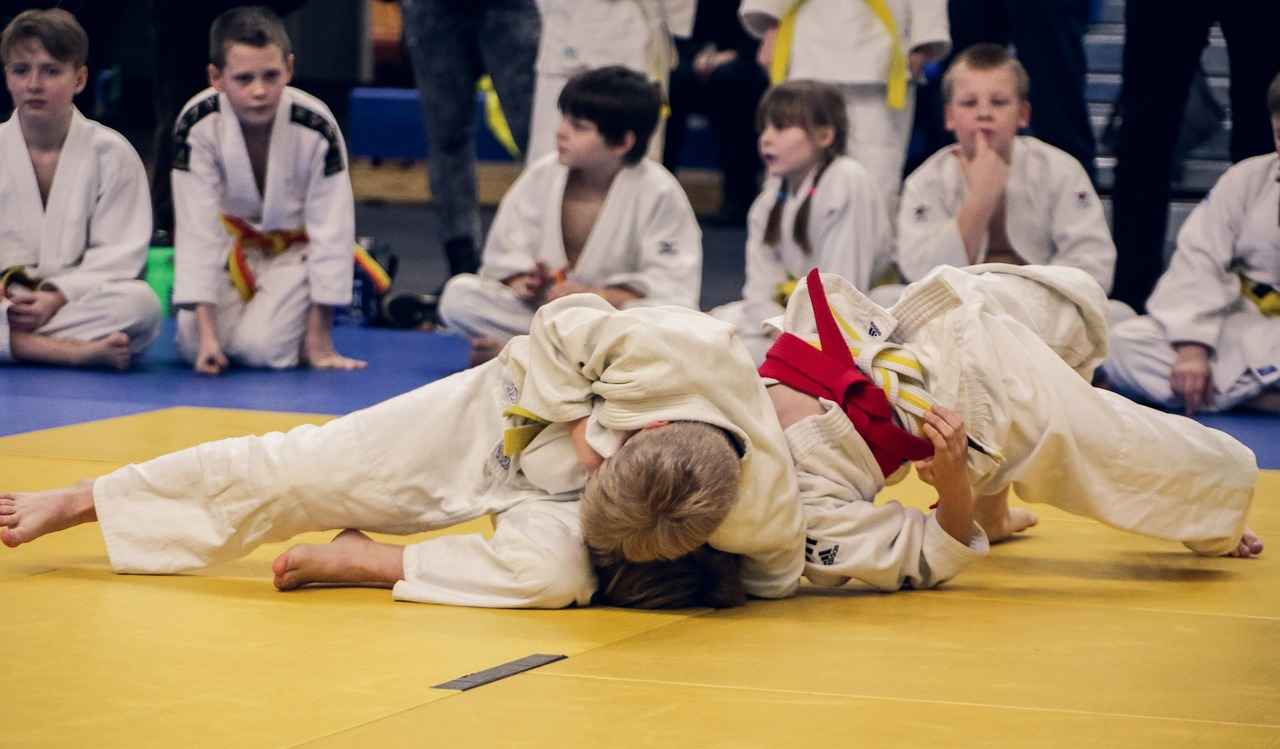
Step-by-Step Tea Ceremony Process
Participating in a traditional tea ceremony is not just about drinking tea; it is a profound experience that intertwines art, culture, and spirituality. Understanding the process enhances your appreciation of this ritual. Below, we break down the ceremony into its essential steps, from preparation to tasting.
| Step | Description |
|---|---|
| 1. Preparation | The ceremony begins with the meticulous preparation of the tea room. The host cleanses the space, setting a serene atmosphere that reflects the importance of harmony. |
| 2. Attire | Participants don traditional kimonos, enhancing the cultural experience. The choice of kimono can signify the season and occasion. |
| 3. Welcoming Guests | The host greets the guests, emphasizing the importance of respect and hospitality in Japanese culture. |
| 4. Preparing the Matcha | The host prepares the matcha tea using a bamboo whisk, showcasing the art of tea making. This step is crucial as it sets the tone for the tasting experience. |
| 5. Serving the Tea | Tea is served in a specific manner, with attention to detail and aesthetics. Each movement is deliberate, reflecting the philosophy of the ceremony. |
| 6. Tasting | Guests savor the tea, appreciating its flavor and aroma. This moment encourages mindfulness and reflection. |
| 7. Closing Ritual | The ceremony concludes with a closing ritual, where participants express gratitude. This final step reinforces the connections made during the ceremony. |
Each step in the tea ceremony is steeped in tradition and meaning, creating a holistic experience that transcends mere tea drinking. By understanding these steps, participants can engage more deeply with the cultural significance of the ceremony, making their visit to Maikoya truly memorable.
Interactive Elements of the Ceremony
At Maikoya, the traditional tea ceremony transcends mere observation; it becomes an immersive experience where guests are invited to actively participate in the rituals. This unique approach not only enhances understanding but also fosters a deeper appreciation for Japanese culture.
One of the most engaging aspects of the ceremony is the opportunity for guests to learn the art of tea making. Under the guidance of skilled instructors, participants are taught the intricate techniques involved in preparing matcha tea. This includes understanding the proper way to whisk the tea, the significance of the utensils used, and the importance of each step in the process. By getting hands-on experience, guests gain insight into the meticulous nature of this art form.
Moreover, the interaction with the host plays a pivotal role in enriching the experience. The host is not just a facilitator but a storyteller who shares the history and philosophy behind each movement and gesture. Guests are encouraged to ask questions, fostering a dialogue that enhances their understanding of the ceremony’s cultural significance. This personal interaction transforms the ceremony from a passive experience into a dynamic exchange of knowledge and appreciation.
Additionally, Maikoya incorporates various interactive elements that cater to different interests. For instance, participants may engage in traditional calligraphy, learning to write their names in kanji, or they might explore the art of flower arrangement (ikebana) as part of the ceremony. These activities provide a multi-faceted understanding of Japanese aesthetics and traditions.
In conclusion, the interactive elements of the tea ceremony at Maikoya not only make the experience enjoyable but also foster a profound connection to Japanese culture. By engaging with the rituals, guests leave with lasting memories and a deeper appreciation for this beautiful tradition.
Learning the Art of Tea Making
is a captivating experience that invites guests to immerse themselves in the intricate traditions of Japanese tea culture. At Maikoya, participants are not merely observers; they become active learners in the delicate process of preparing matcha tea.
The journey begins with an introduction to the essential tools used in matcha preparation, including the chasen (bamboo whisk), chawan (tea bowl), and chashaku (tea scoop). Understanding these tools is crucial, as each serves a unique purpose in the tea-making process.
- Step 1: The first step involves selecting high-quality matcha powder. Guests learn how to distinguish between different grades of matcha, understanding that the quality significantly affects the flavor and texture of the tea.
- Step 2: Next, participants are taught how to measure the appropriate amount of matcha using the chashaku. This precise measurement is vital for achieving the desired strength of the tea.
- Step 3: The process continues with the addition of hot water, where guests learn the ideal temperature to preserve the matcha’s vibrant color and flavor.
- Step 4: Using the chasen, participants whisk the matcha and water together. This step is not just about combining ingredients; it’s an art form that requires technique to create a frothy, smooth consistency.
Throughout this process, guests are encouraged to engage with their instructors, asking questions and sharing insights. This interaction deepens their appreciation for the meticulous care that goes into each cup of matcha.
Ultimately, learning the art of tea making at Maikoya is more than just a lesson in preparation; it’s an opportunity to connect with Japanese culture and history. By understanding the skills and techniques involved, guests leave with a profound respect for this timeless tradition.
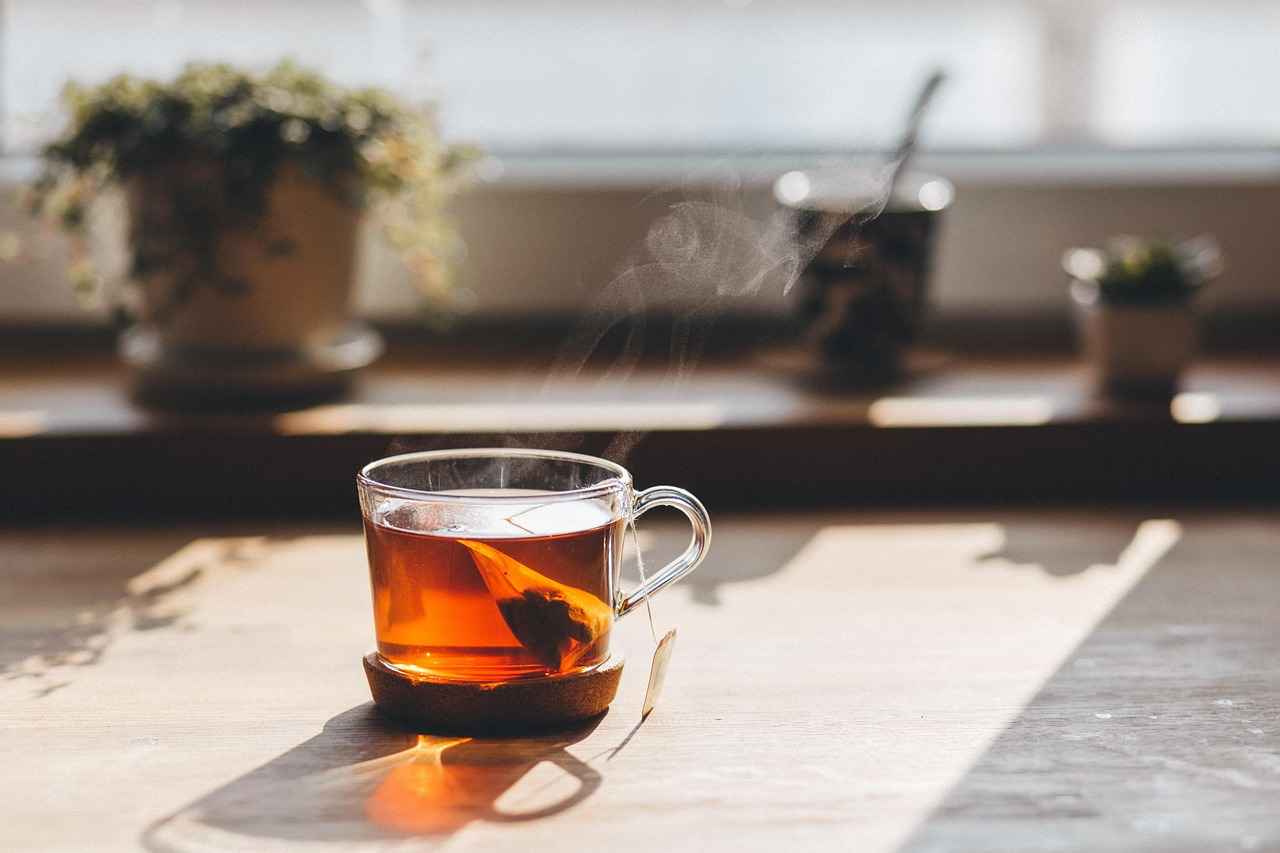
Engaging with the Host
The host plays a crucial role in the tea ceremony, serving not only as a facilitator but also as a guide to the rich traditions and meanings embedded in this ancient practice. Engaging with the host can significantly enhance your experience and understanding of the ceremony. Here are some ways guests can interact with the host:
- Ask Questions: Don’t hesitate to inquire about the rituals and symbols you encounter. The host is usually well-versed in the art of tea and can provide insights into the significance of each step.
- Express Gratitude: A simple thank you can go a long way. Expressing appreciation for the host’s efforts not only fosters a warm atmosphere but also acknowledges the hard work that goes into the ceremony.
- Participate Actively: Engage in the process by following the host’s instructions carefully. Whether it’s whisking the matcha or savoring the tea, your active participation will deepen your connection to the ceremony.
- Share Your Thoughts: After tasting the tea, share your impressions with the host. This can lead to meaningful conversations about flavor profiles and the nuances of different tea types.
- Observe the Etiquette: Pay attention to the host’s movements and actions. Mimicking their gestures during the ceremony can help you feel more involved and respectful of the traditions being upheld.
By engaging thoughtfully with the host, guests not only enrich their own experience but also contribute to the overall ambiance of the ceremony. It’s an opportunity to learn, appreciate, and immerse oneself in the cultural heritage that the tea ceremony embodies.
Conclusion: Embracing Japanese Culture
Participating in a kimono tea ceremony at Maikoya is not just an activity; it is a transformative experience that allows individuals to immerse themselves in the rich tapestry of Japanese culture. This unique ceremony, steeped in tradition, serves as a bridge connecting the past with the present, offering insights into the values and aesthetics that define Japan.
The kimono, a traditional garment, plays a pivotal role in this experience. Wearing a kimono is more than just dressing up; it is a way to honor the cultural heritage of Japan. Each kimono tells a story, representing different seasons, occasions, and even personal milestones. By donning this exquisite attire, participants gain a deeper appreciation for the craftsmanship and symbolism that kimonos embody.
Moreover, the tea ceremony itself is a meditative practice that emphasizes mindfulness and respect. Every movement, from the preparation of the tea to the serving of sweets, is performed with intention and grace. This attention to detail reflects the principles of Zen Buddhism, which influence the aesthetic and spiritual aspects of the ceremony. Participants not only learn about the art of tea making but also engage in a ritual that fosters tranquility and connection.
At Maikoya, the experience is designed to be interactive, allowing guests to actively participate in various aspects of the ceremony. This engagement not only enhances the enjoyment but also deepens the understanding of the cultural significance behind each action. Interacting with the host, learning the intricate art of matcha preparation, and appreciating the serene environment all contribute to a holistic experience.
In conclusion, embracing Japanese culture through a kimono tea ceremony at Maikoya is a profound opportunity to connect with tradition. Such experiences foster cultural appreciation, encouraging individuals to reflect on the beauty of diversity and the importance of preserving cultural practices. By participating in this ceremony, one not only gains knowledge but also develops a lasting respect for the rich heritage of Japan.
Frequently Asked Questions
- What is a kimono tea ceremony?
A kimono tea ceremony is a traditional Japanese ritual where participants wear kimonos and partake in the art of preparing and serving matcha tea. It’s not just about drinking tea; it’s an immersive experience that embodies Japanese culture and hospitality.
- How long does the tea ceremony last?
The duration of a tea ceremony at Maikoya typically ranges from 60 to 90 minutes. This allows enough time for participants to learn about the rituals, engage with the host, and savor the tea in a serene environment.
- Do I need to know anything about tea ceremonies before attending?
No prior knowledge is required! The ceremony is designed for everyone, from beginners to enthusiasts. The host will guide you through each step, ensuring you feel comfortable and engaged throughout the experience.
- Can I participate in making the tea?
Absolutely! One of the highlights of the ceremony is the opportunity to learn the art of tea making. You’ll get hands-on experience in preparing matcha, making it a fun and interactive part of the ceremony.
- Is there an age limit for participants?
There is no strict age limit; however, children must be accompanied by an adult. The ceremony is suitable for all ages, making it a wonderful family activity to enjoy together.
